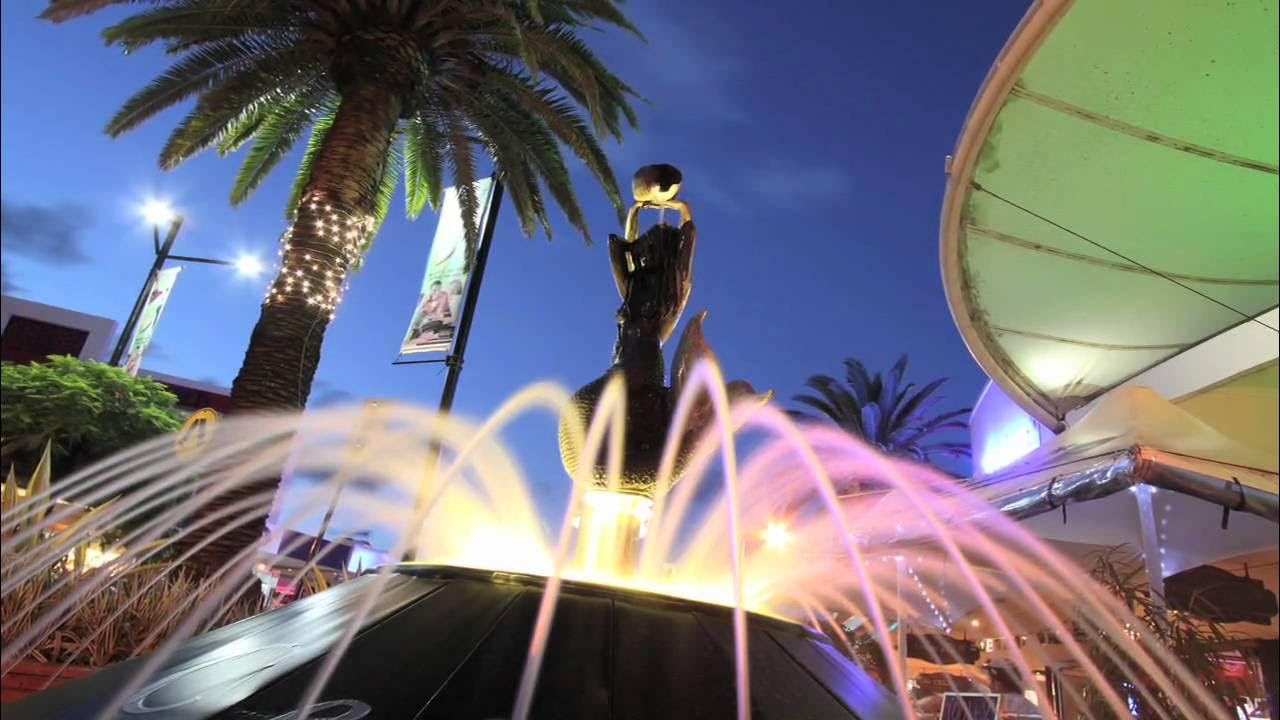TMT: The World’s Most Controversial Telescope
Summary
TLDRThe Thirty Meter Telescope (TMT) is an ambitious project aiming to advance astronomical research with a massive 30-meter aperture. While it promises groundbreaking discoveries about the universe, its construction on Maunakea, a sacred site for Native Hawaiians, has sparked significant controversy. Environmental concerns and cultural heritage have fueled protests, leading to legal battles. Alternative locations, like Spain's Canary Islands, are considered, but challenges remain. The debate highlights the tension between scientific progress and respecting indigenous traditions and environmental stewardship.
Takeaways
- 🔭 The Thirty Meter Telescope (TMT) is one of the most ambitious observatory projects, though it has not yet been built.
- 🌌 TMT is part of the Extremely Large Telescopes (ELTs) group, designed to study the universe's deepest secrets with cutting-edge technology.
- 🔬 The telescope's 30-meter aperture is about three times larger than the biggest operational telescopes today, allowing for significantly greater light collection.
- ✨ The TMT will help astronomers study exoplanets, black holes, the formation of stars, and possibly even discover Earth-like worlds.
- 🏔️ Maunakea in Hawai`i was chosen as the TMT site due to its ideal conditions for astronomy, but the location is considered sacred by Native Hawaiians, leading to controversy.
- 📜 Historically, Native Hawaiians view Maunakea as a natural temple with cultural and spiritual importance, complicating the construction of the telescope.
- ⚖️ Legal battles over the construction of TMT have lasted nearly a decade, and while the Hawai`i Supreme Court ruled in favor of the project, opposition remains.
- 🌍 An alternative site for TMT is La Palma in Spain's Canary Islands, which has similar advantages but is not as high in elevation, potentially affecting the telescope's performance.
- 🌱 Environmental concerns are also prevalent on Maunakea, as construction might harm endemic species and damage the natural ecosystem.
- 💡 While the TMT promises groundbreaking scientific advancements, the project raises complex questions about balancing scientific progress, cultural respect, and environmental preservation.
Q & A
What is the Thirty Meter Telescope (TMT)?
-The Thirty Meter Telescope (TMT) is a planned observatory with a thirty-meter aperture, designed to be one of the world's largest telescopes, capable of collecting nine times more light than any telescope in use today.
Why is the TMT considered controversial?
-The TMT is controversial because its proposed site, Maunakea in Hawai'i, is considered sacred by Native Hawaiians. The mountain has deep cultural and spiritual significance, and past mismanagement by the University of Hawai'i has exacerbated concerns about building the telescope there.
What makes Maunakea an ideal location for the TMT?
-Maunakea is ideal because of its high elevation, clear skies, and cold temperatures, which minimize atmospheric interference and allow for better observation of distant astronomical objects.
Why is the aperture size important for the TMT?
-The aperture size determines how much light the telescope can collect. A larger aperture, like TMT's thirty-meter mirror, allows astronomers to detect fainter and more distant objects, enabling deeper exploration of the universe.
What are the scientific goals of the TMT?
-The TMT aims to study the dark ages of the universe, the formation of the first stars, black holes over time, and exoplanets in unprecedented detail, including the search for Earth-like, potentially habitable worlds.
What are Extremely Large Telescopes (ELTs)?
-ELTs are a class of telescopes with significantly larger apertures than current ones, allowing for groundbreaking research in astronomy by observing faint and distant cosmic objects.
What alternative locations have been considered for the TMT?
-Alternative locations for the TMT include La Palma in Spain's Canary Islands and a site in Baja California. La Palma is 1800 meters lower in elevation, which could affect resolution, but it has existing infrastructure and a permit process in progress.
How has the University of Hawai'i managed Maunakea's resources in the past?
-The University of Hawai'i has faced criticism for mismanaging Maunakea, including building telescopes without proper environmental and cultural assessments. Multiple audits and court cases have highlighted their failure to protect the mountain’s resources.
What are the environmental concerns related to building the TMT on Maunakea?
-Environmental concerns include the impact on Maunakea's endemic species, like the wēkiu bug, and the mountain's role in replenishing the island's fresh water. Past construction projects did not adequately assess these impacts, raising further opposition.
What are the cultural objections to building the TMT on Maunakea?
-Maunakea is a sacred site in Native Hawaiian culture, viewed as a natural temple where chiefs and priests were buried. Building the TMT there is seen by some as disrespectful to this heritage and an extension of historical land misappropriations.
Outlines

This section is available to paid users only. Please upgrade to access this part.
Upgrade NowMindmap

This section is available to paid users only. Please upgrade to access this part.
Upgrade NowKeywords

This section is available to paid users only. Please upgrade to access this part.
Upgrade NowHighlights

This section is available to paid users only. Please upgrade to access this part.
Upgrade NowTranscripts

This section is available to paid users only. Please upgrade to access this part.
Upgrade NowBrowse More Related Video

“We Are Not Anti-Science”: Why Indigenous Protectors Oppose the Thirty Meter Telescope at Mauna Kea

Hitler's Insane Train

How Do Telescopes Work? | Earth Science

Indonesia Is Building A Giant Sea Wall To Save Jakarta

Canon EOS | Getting Started: Light Meter Tutorial

Pembahasan OSNK Astronomi 2024, no. 27 - Teleskop Optik
5.0 / 5 (0 votes)